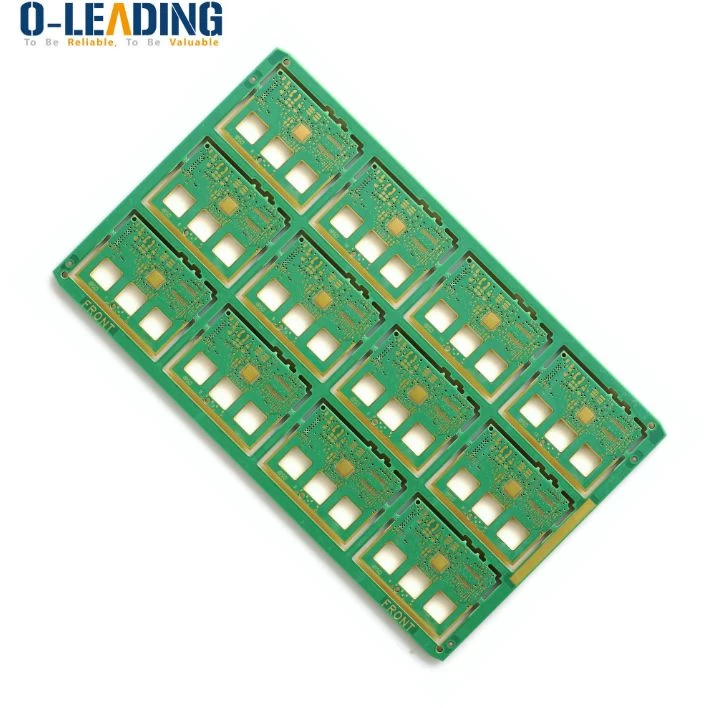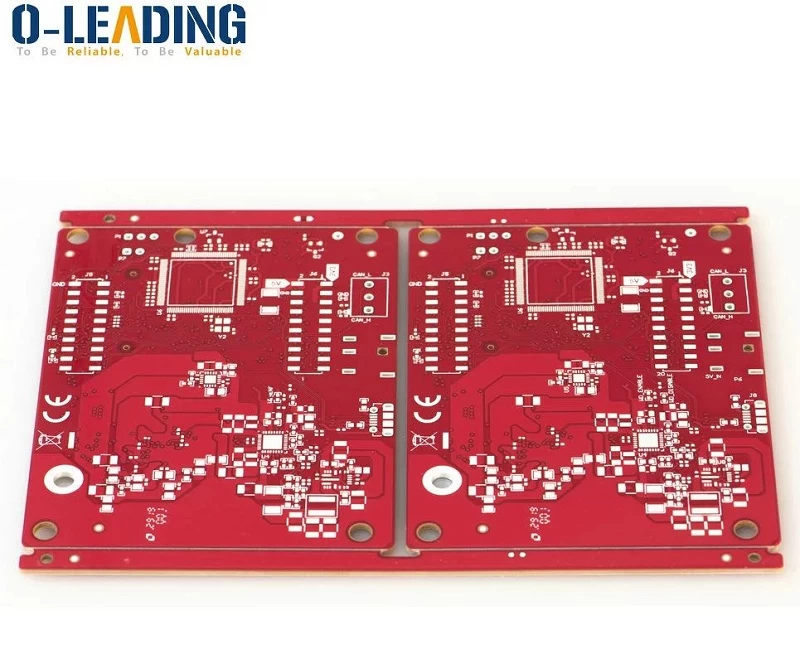Automotive HDI PCB classification and application
The rapid development of the electronics industry has promoted the rapid development of many industries. In recent years, electronic products have become more and more widely used in the automotive industry. The traditional automobile industry has made more efforts in mechanics, power, hydraulics and transmission.
Due to the needs of automobile modernization and digitization, and people's requirements for automobile safety, comfort, simple operation and digitization, PCB has been widely used in the automotive industry, from ordinary single-layer PCB, double-layer PCB to complex multi-layer PCB. Multi-layer PCBs or high-density interconnect (HDI) PCBs may have cross-layer blind holes or double-layer build layers.
Automotive PCB type
In automotive circuit boards, traditional single-layer PCBs, double-layer PCBs, and multi-layer PCBs are available. In recent years, the widespread use of HDI PCB has become the first choice for automotive electronic products. There is indeed an essential difference between ordinary HDI PCB and automotive HDI PCB: the former emphasizes practicality and versatility to provide services for consumer electronic products, while the latter strives for reliability, safety and high quality.

customization HDI PCB Printed Circuit Boards
HDI PCB can be divided into single-layer HDI PCB, double-layer PCB and three-layer PCB.
It is necessary to explain that because cars cover a wide range of vehicles such as cars, trucks, or trucks, and require different requirements for different performance expectations and functions, the rules and measures that will be discussed in this article are just some of the general applications other than these special cases. rule.
Automotive electronic products are usually divided into two categories:
a: The automotive electronic control device cannot operate effectively until it cooperates with the mechanical systems on the vehicle (such as the engine, chassis and digital control of the vehicle), especially the electronic fuel injection system, the anti-lock brake system (ABS), and the anti-skid control (ASC ), traction control, electronically controlled suspension (ECS), electronic automatic transmission (EAT) and electronic power steering (EPS).
b: Vehicle-mounted automotive equipment that can be used independently in the automotive environment and has nothing to do with the performance of the vehicle include automotive information systems or on-board computers, GPS systems, automotive video systems, in-vehicle communication systems, and Internet device functions. The equipment is supported by HDI PCB and is responsible for signal transmission And multiple controls.

FR-4 UL approved led pcb board prototype fabrication
Requirements for automotive HDI PCB manufacturers
Due to the high reliability and safety of automotive HDI PCBs, automotive HDI PCB manufacturers must meet high-level requirements:
a: Automotive HDI PCB manufacturers must adhere to a comprehensive management system and quality management system that play a key role in judging or supporting the management level of PCB manufacturers. Before being recognized by third-party certification, some systems cannot be owned by PCB manufacturers. For example, automotive PCB manufacturers must pass ISO9001 and ISO/TS16949 certification.
b: HDI PCB manufacturers must be equipped with solid technology and high HDI manufacturing capabilities. Specifically, a manufacturer specializing in the manufacture of automotive circuit boards must manufacture boards with a line width/pitch of at least 75 μm/75 μm and double stacking. It is generally believed that HDI PCB manufacturers must have a process capability index (CPK) of at least 1.33 and a device manufacturing capability (CMK) of at least 1.67. Unless approved and confirmed by the customer, it is not allowed to be modified in future manufacturing.
c: Automotive HDI PCB manufacturers must follow the most stringent rules for selecting PCB raw materials because they play a key role in determining the reliability and performance of the final PCB.
































